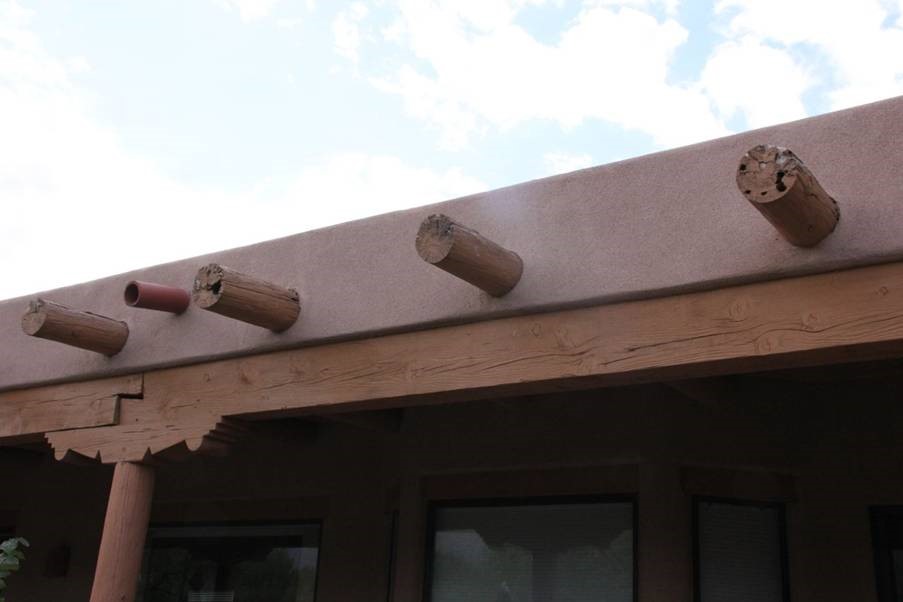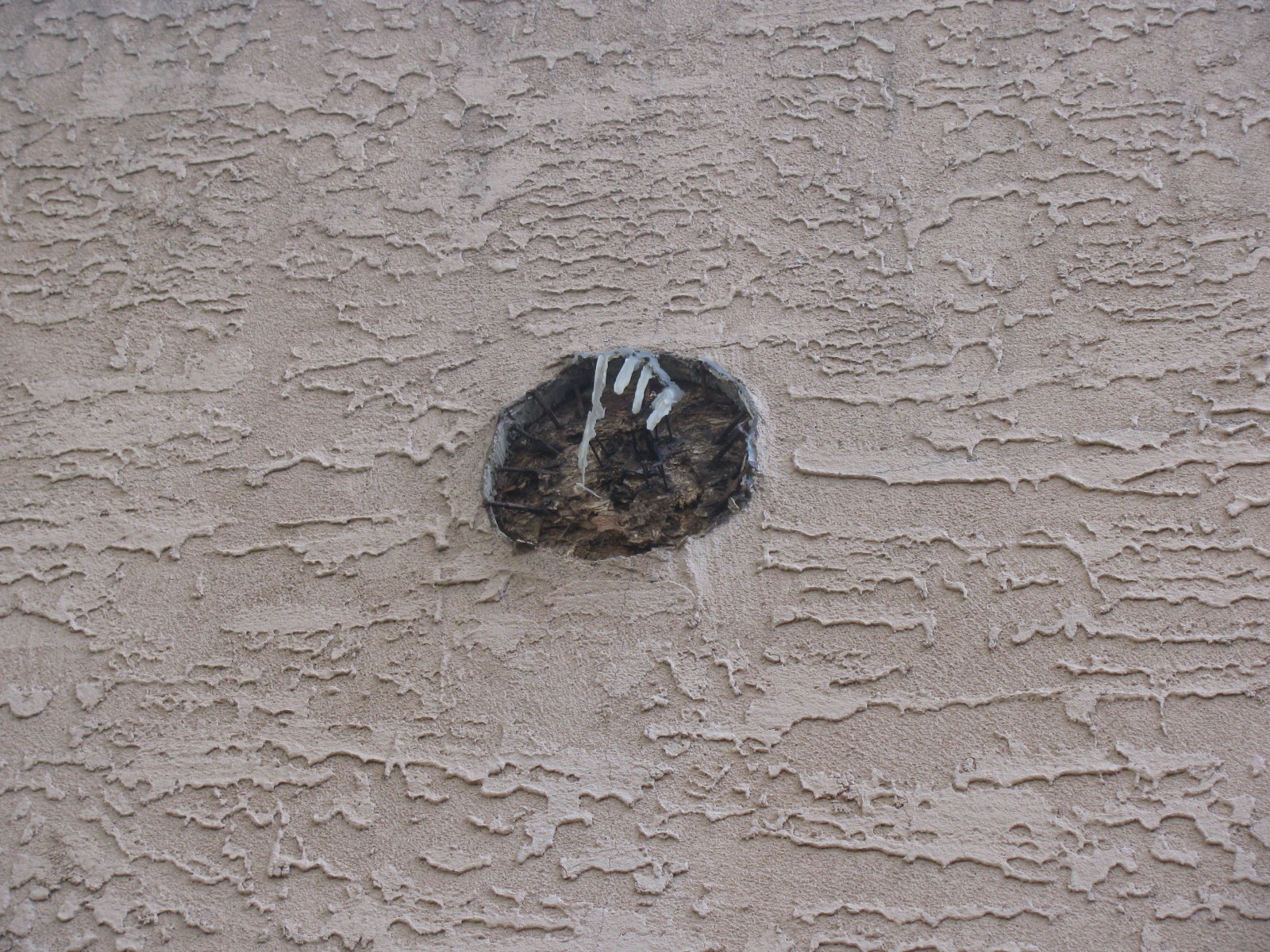

Viga Tails have been a staple of Southwestern architecture for centuries. These striking, round wood accents are often seen jutting out from the exterior surfaces of homes in New Mexico, Arizona, and Colorado. Traditional real wood vigas are constantly exposed to rain, wind, pests, and harsh sunlight.
Because of this, real wood viga tails are susceptible to cracking, chipping, and decay—and will eventually require removal or replacement. This much maintenance on your end is time-consuming and expensive.
Save precious time and money by replacing your real wood viga tails with faux ones! With faux wood viga tails, you aren’t sacrificing quality. These viga tails are made with incredible craftsmanship to achieve the same textures and grain patterns of real wood. Best of all, faux viga tails are built tough so they won’t crack, chip, or fade.
Faux viga tails are lightweight, making them easy to install yourself without hiring a professional. Keep reading to learn how easy it is to replace your old, damaged wood viga tails with faux!
Removing Old Wood Viga Tails From a Surface
Breathe new life onto the exterior of your Southwestern style home by replacing your worn viga tails with faux wood viga tails. It's so easy, you can do it yourself over a weekend. Before you start installing, your damaged viga tails must be removed.
Note: Wear safety goggles and gloves throughout the entire installation.

To remove a damaged viga tail, cut the existing viga tail off the side of your home using a hand saw. Make sure the surface is in good, sound condition, free from holes or damage. If necessary, remediate the surface before continuing with the installation.
How to Install Faux Wood Viga Tails
Real wood viga tails require regular maintenance or replacement. Save yourself time and cash by installing faux wood viga tails that last a lifetime! Follow these simple installation steps to invite Southwestern style to your home, no matter where you live.
How to Install Solid Faux Wood Viga Tails

Solid Viga Tails can be installed using the adhesive-only method or by using a threaded rod.
To install solid faux wood viga tails using the threaded rod method, gather the following tools and materials:
- Caulk gun
- Caulk
- Loctite PL Premium 3X Construction Adhesive
- Carpenter square or level
- Screw gun/drill driver and drill bits
- Pencil
- Deck screws
- Tape Measure
- Safety glasses
- Tape Measure
- Threaded rod(s)
- Spade bit
STEP 1: Install Threaded Rod
Install a threaded rod into your wall at a 90-degree angle at the mounting location. Measure and note the projection of the threaded rod. You’ll use that measurement in the next step.
STEP 2: Drill a Hole in the Replacement Viga Tail
Find the center of the unfinished end of the faux viga tail and drill a hole that is the same length as the threaded rod, but 1/8” larger in diameter. Make sure the hole is at a 90-degree angle with the viga tail and that you don’t drill through the finished end of it. Then, dry-fit the viga tail onto the threaded rod.
STEP 3: Install the Replacement Viga Tail
Next, add adhesive to the unfinished end of the viga and slide it onto the threaded rod. Use a slight twisting motion to ensure good contact between the viga and the wall. Toe screw the viga to the stucco using exterior-grade deck screws.
To install solid viga tails using the adhesive-only method, gather the following tools and materials:
- Bucket
- Acrylic cement
- Water
- Stir stick
- ¼” notch trowel
- Green float
- Nails and hammer OR Screws and Drill driver
STEP 1: Make sure your work surface is in good, sound condition. Remove any debris.
STEP 2: Prepare the acrylic cement by slowly mixing it in water until it is thoroughly mixed to a creamy consistency.
STEP 3: Spread the cement on the back of the viga tail using a 1/4” notch trowel and green float.
STEP 4: Adhere the viga tail to the wall at the desired location. Use a twisting motion to ensure good contact between the viga tail and the wall.
STEP 5: Toenail a few nails/screws to hold the viga tail in place while the adhesive dries.
STEP 6: Allow at least 24 hours for the adhesive to dry completely. Then, remove the nails/screws.
Faux Viga Tails Are an Affordable, Long-Term Solution

Stop wasting time and money repairing your damaged wood viga tails. For a long-term solution, replace your real vigas with faux wood viga tails. They have the same natural appearance and texture as real wood, without the upkeep and expensive repairs. Installing faux viga tails is simple and fast, leaving you with more time to enjoy your beautiful home!
There are several faux viga tail color varieties to choose from, including custom colors to suit your home. Explore all of your options on our helpful website!
Shop Related Products


